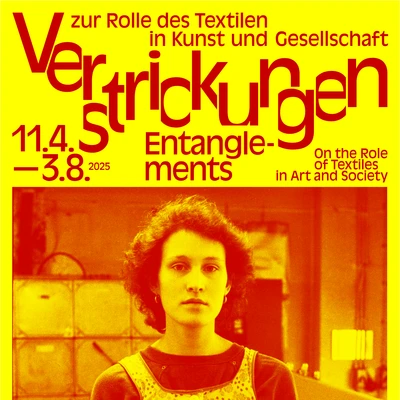Helga Paris
- * 1938
- † 2024
Life dates
- Artist
Category
Getting close to people, without getting on their nerves
Helga Paris, born 1938 in Goleniów, Poland, grew up in Zossen in Brandenburg. In the early 1960s, she became a fashion designer in Berlin. Today she is widely viewed as the Grande Dame of East German photography. Her subtle images have shaped our visual memory of a country that has disappeared. People, years, lives. For this work, she was awarded the Hannah Höch Prize and named a member of the Akademie der Künste. Her photos are consistently taken in black-and-white, with contrasts, with shadows, with poetic foggy zones, where the contours of cities and their everyday life appear to have leaked in. Sans pareil is her series of self-questioning photographs from between 1981 and the fall of the Wall: Here, she photographed herself with an unsparingly critical eye during the Gotterdammerung of Socialism as it was lived out in eastern Europe. Her strict, serious “selfies” of this epoch constitute as it were a seismogram of the prevalent mood, of the weariness, the fatigue, the doubt and hopelessness that plagued a land which had lost its utopia.
Her aim has always been to capture the truth, whomever her camera set its sites on: common men and women from her own neighborhood in Berlin’s Prenzlauer Berg, passers-by in Halle/Saale (a depressing center for the chemical industry in GDR times), female workers in the collective textile combine Treff-Modelle, Gypsies in Romania’s Carpathian Mountains, or celebrities from the world of art, theater and literature. She produced portraits of the garbage men and coal-carters, the baker and the butcher working on her street. Also people just hanging out in the bar on the corner. She made every one of her subjects worthy of art – including the rebel Punks, who had a strong presence on the streets of Berlin, among them her own two children. Inimitable are her series on Alexanderplatz, with all its roughness and chipped corners; on the unrenovated Leipzig Hauptbahnhof from around 1980; and on the Mitropa, with its heavily worn Jugendstil ambience, serving as second home to students, GDR army conscripts, and travelling businessmen of all stripes. She cites as models for her photography the films of the Italian neo-realists, the Russian Sergey Eisenstein, and the French post-war cinema. And also the theatre – the Deutsches Theater, the Berliner Ensemble, the Gorki Theater. She never oriented herself towards classic photographers such as Cartier-Bresson. Rather, she drew inspiration from the Existentialist paintings of Beckmann and Munch. And photos from family albums. How can a photographer get as close as possible to people, without getting on their nerves? Paris managed to square this circle, at least insofar as it touched her and her small-format camera, with empathy: She won the trust of her subjects and delved deeply into faces, postures, gestures, even conscious poses with a patient, quiet, encouraging touch, which never intruded.
text: Ingeborg Ruthe, translation: Darrell Wilkins
Works by Helga Paris
Travelling exhibition
Verstrickungen - zur Rolle des Textilen in Kunst und Gesellschaft
2025
11.04.–03.08.
Kunstbahnhof Flöha
Flöha, Deutschland
Popular keywords
Many more works are hidden behind these terms
